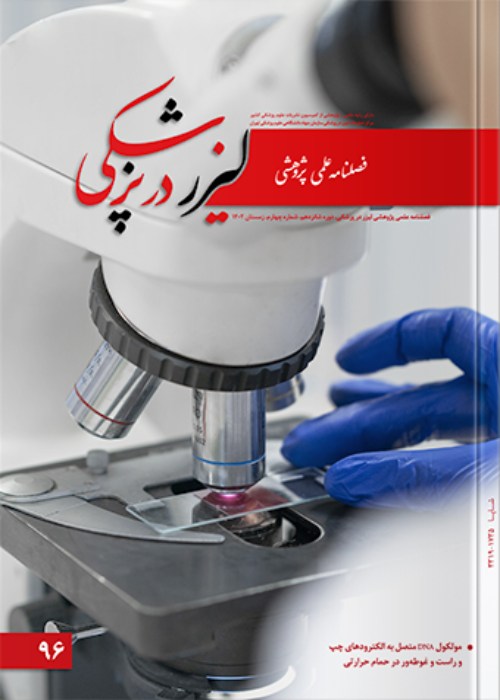Evaluation of Reflection Optical Imaging Characteristics Using Fluorescence with Near Infrared Wavelength at Different Depths of Tissue Equivalent Phantom
Fluorescence reflectance imaging (FRI) is applied for detecting the presence of fluorescence sources within biological tissue. The main limitation of conventional FRI systems is a low imaging depth because biological tissues absorb light at visible wavelength. More recent development in FRI imaging is using near infra-red wavelength enabling the reconstruction of deep seated fluorescent sources. The goal of this study was to determine FRI image characterization in the near infra-red wavelength region.
The image characterization was based on deriving depth dependent point spread function of a RFI system. The FRI system was implemented using Diode laser 5mW at 630 nm, telescopic lenses, mirrors, a long pass filter and a sensitive CCD camera. A 2-mm-diameter hollow sphere containing quantum dot (QD) or Indocyanine green (ICG) was placed at the bottom of a phantom with tissue-like optical parameters (with). FRI images were recorded for varying thickness d of the phantom on top of the fluorescent spheres. The acquired images were deconvolved with original image for extracting the depth dependent PSF, with the width defined as full width at half maximum (FWHM) on the basis of Gaussian fitting. The PSF was validated theoretically using a solution of the diffusion equation with a point source in an infinite homogeneous medium. Additionally variation of PSF FWHM was also evaluated by changing the fluorescent concentration, source radius and magnification. Finally resolving power of FRI system was measured according to Rayleigh criterion.
The evaluation showed that at the depth of 2- 5mm, the depth of ICG and quantum dot was overestimated 9% and 11% respectively. By increasing ICG concentration, error in depth reconstruction were decreased. But the error was increased by increasing the quatum dot concentration. The FRI system can clearly resolved point sources with 4mm apart seated maximum at 3 mm depth.
The results suggested that the developed FRI system can be used in small animal imaging for imaging superficial tumors.
- حق عضویت دریافتی صرف حمایت از نشریات عضو و نگهداری، تکمیل و توسعه مگیران میشود.
- پرداخت حق اشتراک و دانلود مقالات اجازه بازنشر آن در سایر رسانههای چاپی و دیجیتال را به کاربر نمیدهد.


